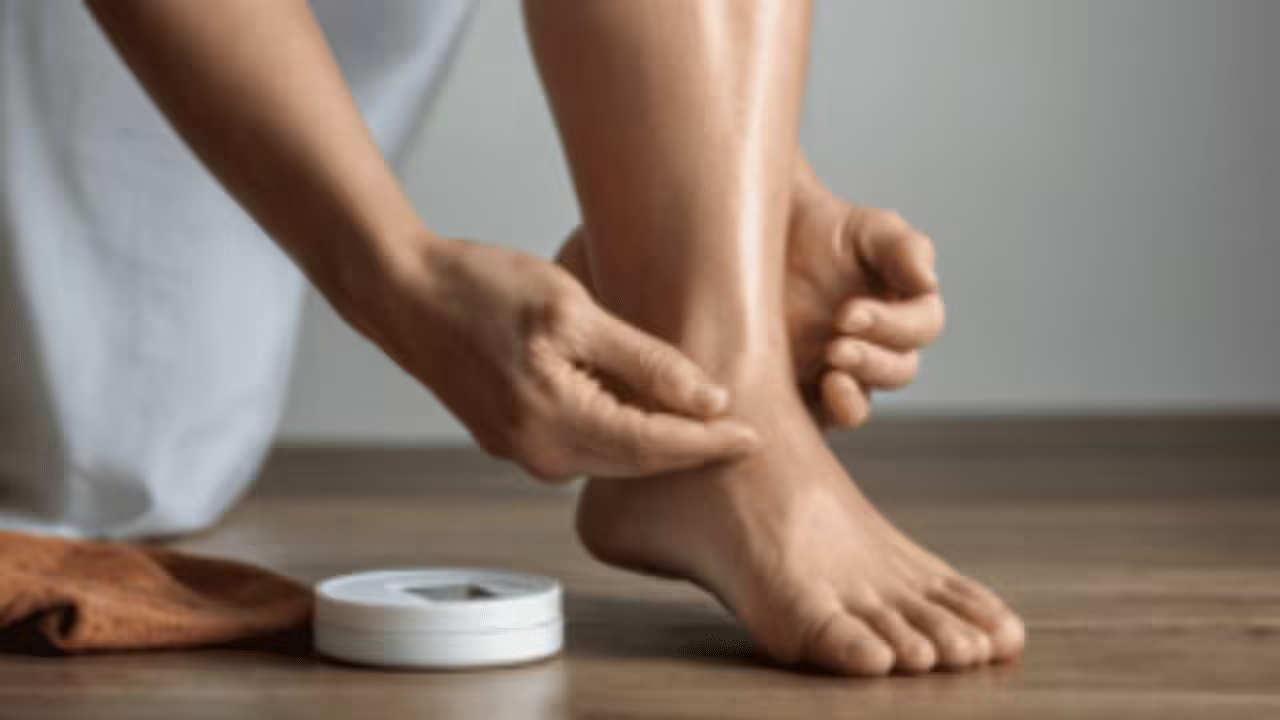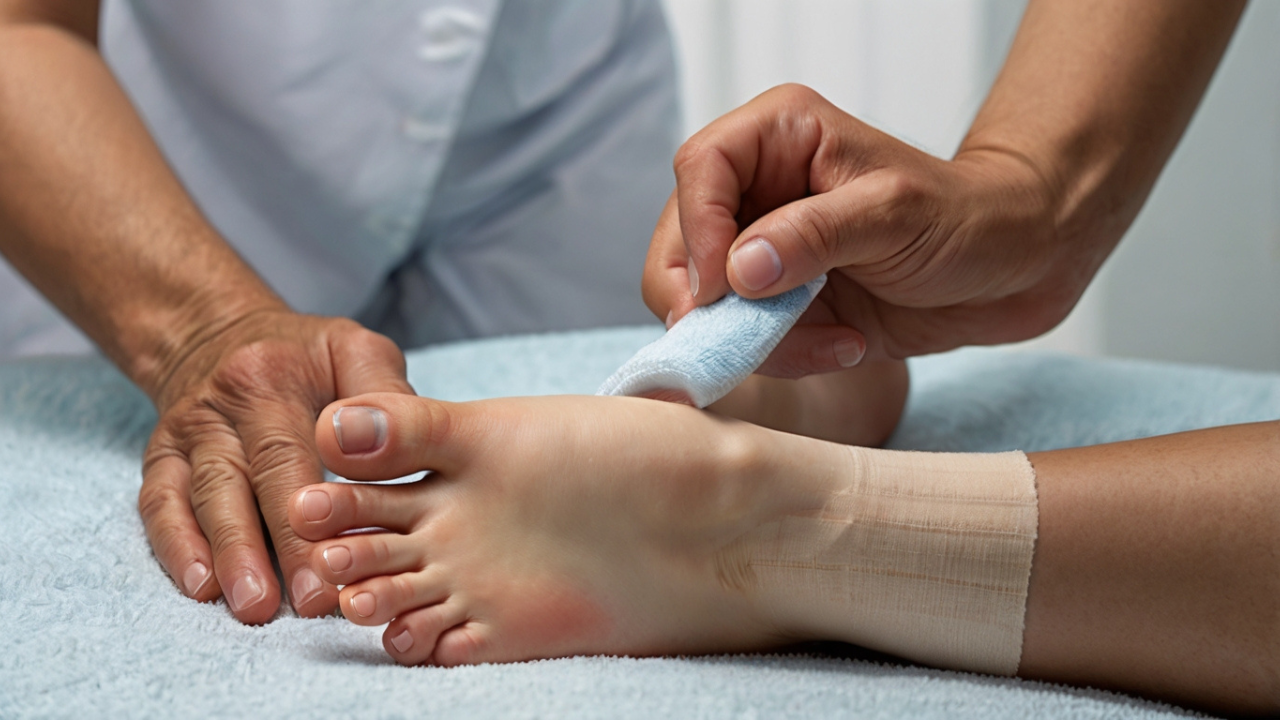Essential Diabetic Foot Care: Tips for Healthy Feet and Preventing Complications
Essential Diabetic Foot Care: Tips for Healthy Feet and Preventing Complications Signs and Symptoms of Diabetic Foot Complications Diabetic foot care is crucial for those living with diabetes. It is important to be aware of the signs and symptoms of diabetic foot complications to prevent serious issues from arising. Common signs include swelling, redness, warmth,


